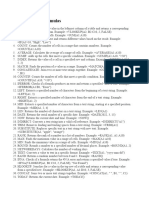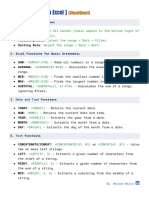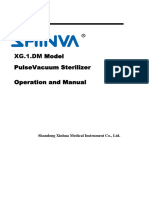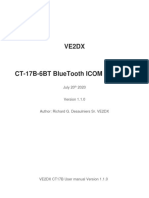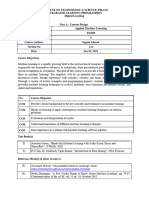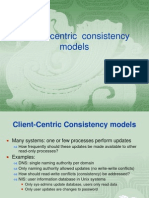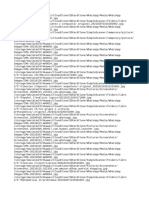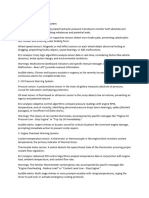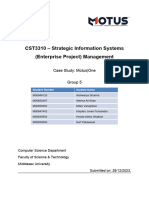0% found this document useful (0 votes)
111 views42 pagesExcel Formulas Cheat Sheet Detailed
The document is a comprehensive cheat sheet containing over 200 Excel formulas categorized for easy reference by users of all skill levels. It includes formulas for basic math, logical functions, lookup and reference, text manipulation, AI and web functions, date and time, statistical and financial calculations, and more. Each formula is accompanied by a description and use case to help users understand its application.
Uploaded by
Swapnil BlrCopyright
© © All Rights Reserved
We take content rights seriously. If you suspect this is your content, claim it here.
Available Formats
Download as DOCX, PDF, TXT or read online on Scribd
0% found this document useful (0 votes)
111 views42 pagesExcel Formulas Cheat Sheet Detailed
The document is a comprehensive cheat sheet containing over 200 Excel formulas categorized for easy reference by users of all skill levels. It includes formulas for basic math, logical functions, lookup and reference, text manipulation, AI and web functions, date and time, statistical and financial calculations, and more. Each formula is accompanied by a description and use case to help users understand its application.
Uploaded by
Swapnil BlrCopyright
© © All Rights Reserved
We take content rights seriously. If you suspect this is your content, claim it here.
Available Formats
Download as DOCX, PDF, TXT or read online on Scribd
/ 42





















